$19.95 – $35.95
This grafted apple tree produces a sweet and very edible three-inch apple. As you can see in the pictures of the original Big Ten™, this tree is immaculate in a no-spray situation, with all major apple tree diseases heavily present within the immediate area. The fruit ripens and falls free from the tree from late October through the month of November here in the north. The vigor is good, and the tree seems pretty precocious, as seen in the picture of a freshly planted one setting a good amount of fruit. Big Ten is upright and has weeping limbs from carrying massive fruit loads through the years. The original tree stands in Plant hardiness zone 4b, but this tree has seen -35 in its lifetime, making it suitable for plant hardiness zones 4-7. Mature height will be 20’+ Plant Hardiness zones map 4-7.
Only available in 2-yr trees.
Description
BIG TEN™ APPLE
The Big Ten™ apple is a tree that has proven to be something exceptional in many ways. This apple is late dropping allowing it to attract deer at a great time of year during the rut, but it will also be the cleanest apple tree you will ever plant. I have sent test trees out across the country of Big Ten, and everyone has returned with the same results and said, “This is the cleanest apple tree in my orchards.” This tree goes well above the four major apple tree diseases we generally look for. The apple is large, crisp, and sweet and will go much further than feeding wildlife as there is little to no imperfection in the fruit in a no-spray situation. The original tree resides in Northern NY and is one of 3,000 wild apples that reside on the property that has proven to be exceptional.
Big Ten™ Apple tree produces a sweet and very edible three-inch apple. As you can see in the picture of Big Ten, this tree in a no-spray situation is immaculate, with all major apple tree diseases heavily present within the immediate area. The fruit ripens and falls free from the tree from late October through the month of November here in the north. The Vigor is good, and the tree looks pretty precocious, as seen in the picture of a freshly planted one setting a good amount of fruit. Big Ten™ is upright and has weeping limbs from carrying the massive fruit loads throughout the years. The original tree stands in plant hardiness zone 4b but has seen -35 temps in its lifetime, making it suitable for plant hardiness zones 4-7. Mature height will be 20’+. Plant Hardiness zones map 4-7.
The Big Ten™ Apple is made using plant tissue from the original tree and attaching it to the new roots. This process essentially gives you an identical tree to the one you see in the picture and description.
BIG TEN™ APPLE TREE SIZE
2-3′ ( 3/8″ dia.) These trees will have a good root system. They will be whips around 3′ high with a trunk diameter of 3/8″.
3-5′ ( 1/2” dia.) These trees will have a good root system with some possible branching but mainly be whips. They will range in height between 3′ to 5′ with a trunk diameter of around 1/2″.
4-6′ (+ 1/2” dia.) These trees have an extensive root system and typically have multiple branches, but many will be solid whips. They will range in height between 4′ and 6′ with a 1/2″ to 3/4″ trunk diameter.
2-yr 4-6′ (5/8”-3/4” dia.) These two-year-old trees will have an extensive root system and can have multiple branches with a diameter of 5/8” and greater. We will be pruning the trees back to a shipping height of 66” with the roots. Our largest box is 66″x 14″x 15″ and will hold 15 of the 2-yr trees. Free local pick-up is open to the surrounding states of Pennsylvania.
STANDARD ROOTSTOCK
Big Ten apple is grafted to a standard root that is extremely cold, hardy, and vigorous. This Rootstock is an excellent choice for wildlife trees because it produces a full-size 20’ to 30’ tree. Producing a full-size tree for wildlife means much more fruit on a given tree. This rootstock will develop deep ”Real roots” making it exceptionally well anchored, penetrating well into the subsoil, pulling up lost nutrients, and making it very drought tolerant. This root is a great all-around rootstock for wildlife plantings.
This standard-size rootstock is adaptable to many soil types and conditions, especially when planted in less desirable locations. Therefore, with its full vigor, can be used in areas that were once wooded and are now food plots, reclaimed land, shale mountain soil, dryer uplands, and ridges. This standard rootstock will also perform well in improved soil in an orchard-style setting. We are only grafting onto the most vigorous roots in a given year. When grafting onto the top 30% of seedlings, you get a rootstock about 40% more vigorous tree than many clonal stocks used for wildlife trees today. Big Ten apple is very precocious, with many trees producing very quickly anon this standard root making it an all-around excellent rootstock for wildlife plantings.
PLANTING INSTRUCTIONS FOR BIG TEN™ APPLE
Plant at least one different apple, apple Crabs, or crabapple variety within proximity to the Big Ten™ apple tree for pollination. Don’t overthink pollination and plant multiple trees of different names/cultivars in the same location. Planting multiple trees of the same species but with different names will cover the flowering groups and provide adequate pollination for your trees. Plant your Big Ten™ Apple tree in moist, well-drained soil with a pH between 5.8 and 7 and adequate nutrient levels for optimal growth.
If you have not completed a soil test, click here and improve your soil. I would highly recommend doing so. However, if you are not going to, I would recommend mixing 1 ounce for every three sq ft of 0-20-20 granular fertilizer in your soil at the time of planting. The first number tells you the percentage of nitrogen contained in the fertilizer. Nitrogen applied directly to the tree’s roots will cause your tree’s death. Make sure the first number is zero. Aged compost is also appropriate when applied in the correct amounts.
Nitrogen is very mobile in the soil, and you can apply a small of nitrogen the following year. The 2nd and 3rd numbers are Phosphorus and Potassium. Apply these two nutrients at or well before planting because they are immobile in the soil. They will need to be mixed in through the soil. We recommend completing a soil test and making amendments for the best results. We recommend applying 1 lb of 10-10-10 for every inch of diameter in the spring the following year and each year after planting.
Big Ten™ Apple requires 6 hours of sunlight for growth and fruit production. Space trees 20′ apart and use at least 5′ cages to protect your trees. This process will ensure your deer eat your fruit in a few years, not your trees this year.
SHIPPING/PICK UP
Shipping to Plant Hardiness zones 2 – 8 will begin again in mid-March on Mondays, Tuesdays, and Wednesdays (you select your ship date) and continue until the last Monday in April. Dormant bare-root trees must be planted in the spring, while trees in your area remain dormant. You can select your ship date as you checkout on the website. If you are picking up your trees, typically, the last week in March or the first week in April is perfect for planting in Pennsylvania. We have opened up the free local pick-up to the surrounding states as it could be more cost-effective if you order more than 30 trees. You can select your pick-up date on the website as you checkout. Please call or message us to make an appointment to pick up your trees if you can not make the date you selected.
For More Information, Visit:
Additional information
| Weight | 18 oz |
|---|---|
| Dimensions | 58 × 2.30 × 2.30 in |
| Tree Size | 2-3' (3/8'' dia.), 3-5' (1/2'' dia.), 4-6' (+1/2'' dia.), 2-yr old 4-6' (+5/8''dia.) |
Only logged in customers who have purchased this product may leave a review.

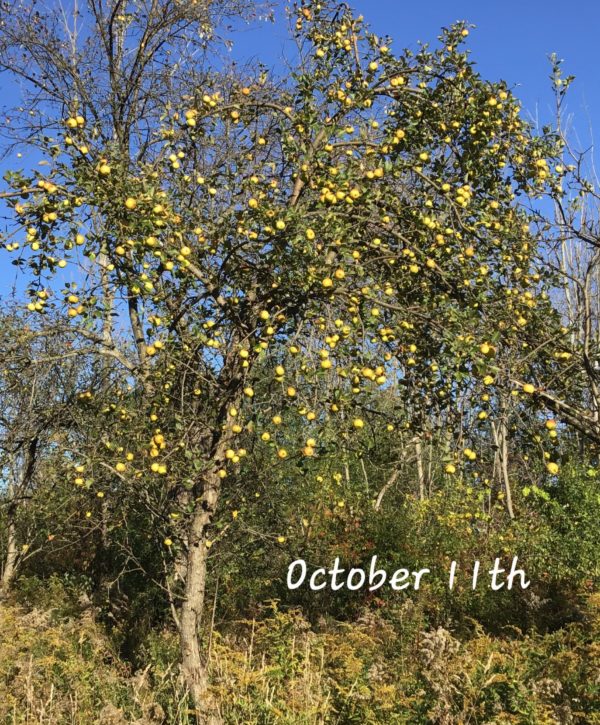


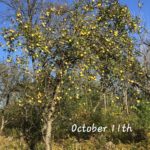


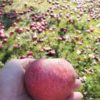
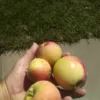
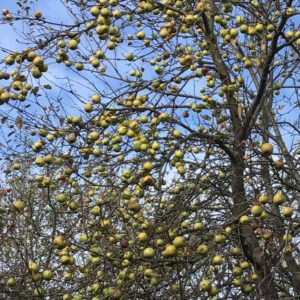

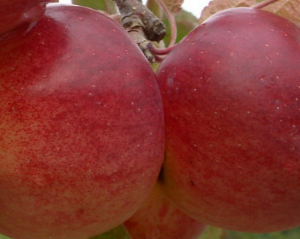
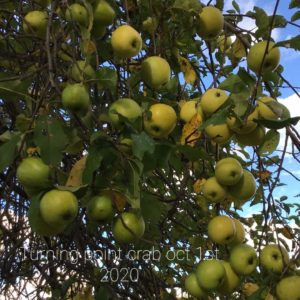
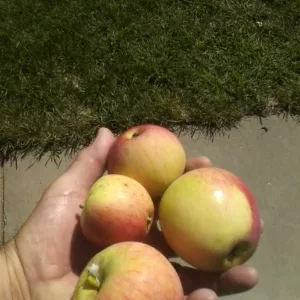
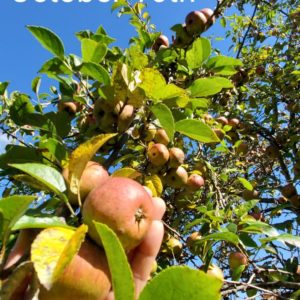
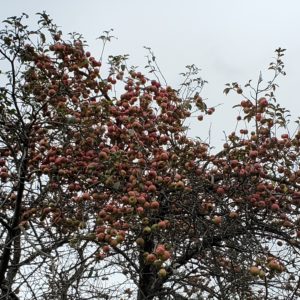
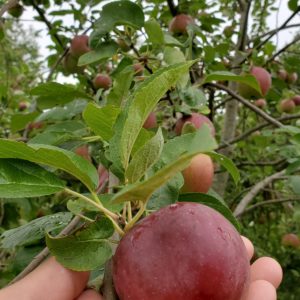
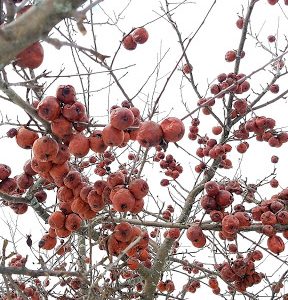
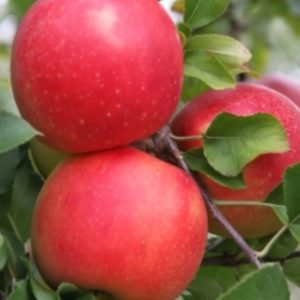
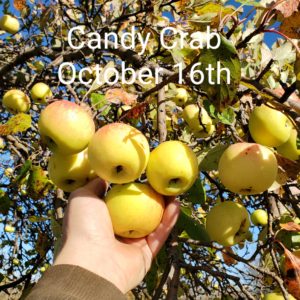
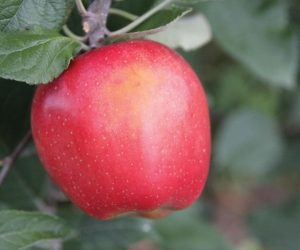
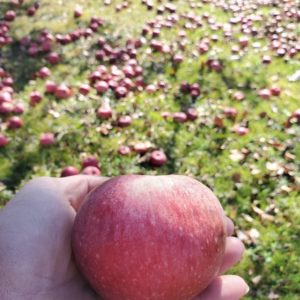
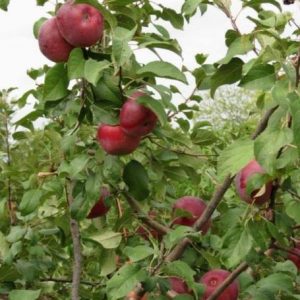
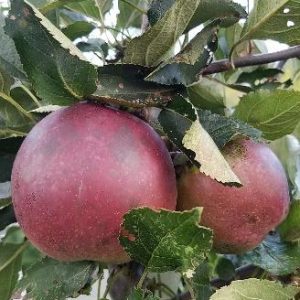
 by
by
Reviews
There are no reviews yet.